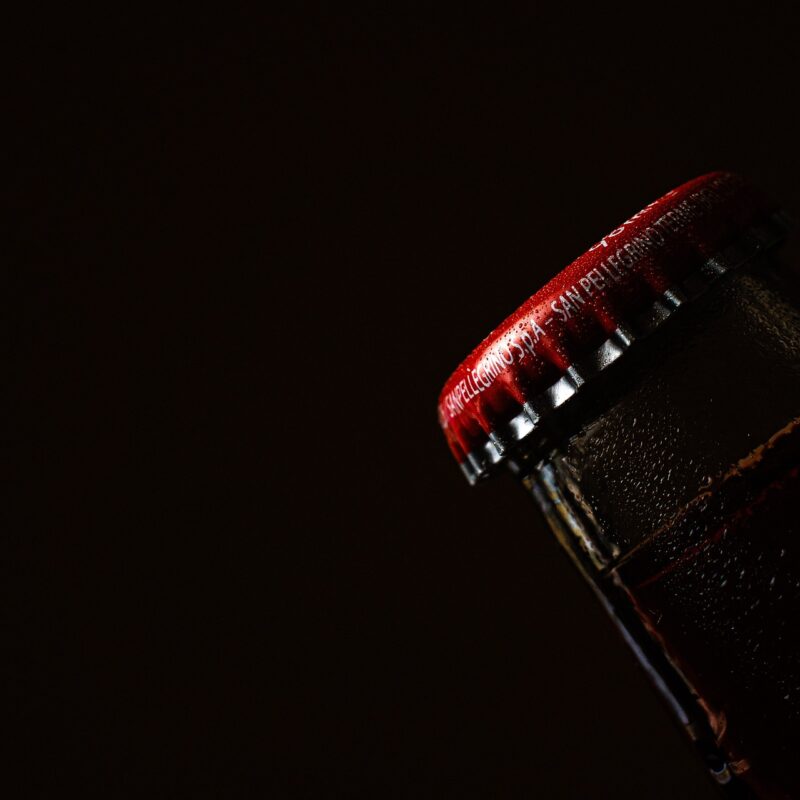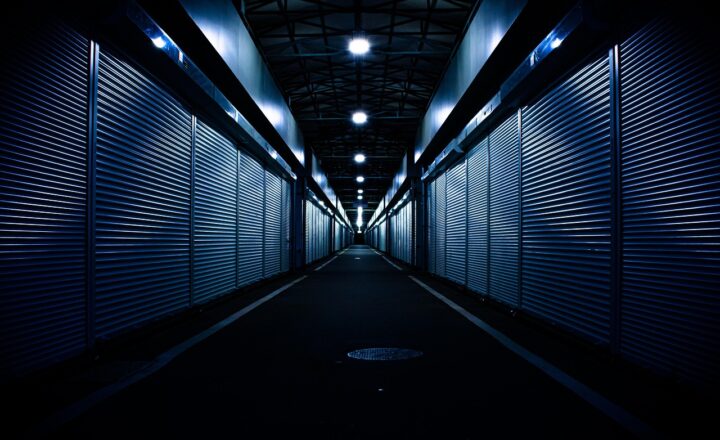The Story of Crystal Pepsi: How a Clear Soda Became One of the Biggest Fails in Beverage History
November 15, 2024

In the early 1990s, Crystal Pepsi burst onto the beverage scene with a promise of clarity — not just in color but in taste and ingredients. Marketed as a caffeine-free, clear, and refreshing alternative to traditional colas, Crystal Pepsi generated significant buzz and excitement before its release. However, despite its initial popularity, the product soon became a notorious example of marketing failure, leaving many to wonder how a product with such a unique concept could flop so spectacularly.
1. The Rise of the Clear Soda Trend
The idea of clear sodas was not entirely new. In the late 1980s, various brands experimented with colorless beverages, aiming to tap into the growing trend for healthier options. The clear soda trend gathered steam with the success of drinks like Sprite and 7UP, which offered clarity and a feeling of purity. Yet, Crystal Pepsi aimed to take things a step further by combining the clear beverage trend with the identity of a cola.
The concept arose during a time when consumers were becoming increasingly health-conscious, looking for lighter options. Crystal Pepsi’s developers wanted to distill the concept of cola into an uncomplicated form, stripping away the coloring agents traditionally found in cola. They marketed it as a product that aligned with an era that valued transparency in food and drink.
2. The Launch and Initial Success
Crystal Pepsi was launched in 1992, and it was heralded as a revolutionary product. Its commercials featured a glossy aesthetic and appealing claims about its clear taste that resonated with consumers, especially the younger demographic. The initial marketing campaign featured memorable jingles and slogans that sparked curiosity and enthusiasm. The brand even enlisted the help of a well-known advertising agency, leading to captivating television ads.
The result? Crystal Pepsi quickly gained popularity. Within a month, sales reached upwards of $500 million. It became a part of popular culture, even making appearances in various television shows and movies of the time. The future seemed bright for the product as customers flocked to stores, intrigued and eager to try the novel idea of a clear cola.
3. The Pitfalls of Crystal Pepsi
Despite an exciting launch, cracks began to appear in the Crystal Pepsi facade. The initial surge in demand began to wane as consumers soured on its flavor. Many drinkers found that while it was refreshing, the taste fell short of traditional cola. The combination of a lack of caffeine and the familiar caramel flavor profile led to widespread disappointment.
Market research revealed that while consumers were excited to try something new, they ultimately returned to their beloved dark colas, which offered the rich taste and caffeine kick they craved. Additionally, the unique packaging and marketing misled some people to believe it was a health drink rather than a soda, causing confusion when they first tasted it. Furthermore, as other competitors began introducing similar products, Crystal Pepsi’s distinctive edge faded away.
4. Marketing Missteps
The marketing strategies employed for Crystal Pepsi while initially successful ultimately contributed to its downfall. After the initial success, PepsiCo opted to step away from the clear soda angle, erroneously believing that expanding into different flavored variants would help revitalize sales. Crystal Pepsi II was released, featuring fruit flavors; while intended to broaden the audience, it failed to resonate.
Additionally, the brand’s messaging became inconsistent during its tenure on the market. Instead of pushing the “pure” and “natural” angle, the multi-flavored offerings struggled to connect with an audience that craved a traditional cola experience. As the novelty wore off, sales dwindled, leading to a pitiful decline that saw Crystal Pepsi ultimately fade from store shelves by 1994.
5. Legacy and Nostalgia
Today, Crystal Pepsi is often regarded as a monumental flop in beverage history, but surprisingly, it remains a product of fascination. The rise and fall of Crystal Pepsi became a topic of study in marketing classes, highlighting the importance of understanding consumer taste and preference.
Interestingly, nostalgia fueled a brief revival of Crystal Pepsi. In 2016, PepsiCo released limited-time nostalgia-driven promotions, and fans clamored for the return of the famous soda. The limited re-release, spurred by social media and nostalgia, demonstrated the power of sentiment. It brought back fond memories for many Gen X and Millennial drinkers who remembered the unique attempt at a clear cola.
Despite its status as a flop, Crystal Pepsi now holds a cult-like status, with collectors hunting for vintage bottles and memorabilia. Fans celebrate its existence, using hashtags like #CrystalPepsi on social platforms, keeping the spirit of this failed marketing experiment alive.
Conclusion: The Clear Lesson from Crystal Pepsi
Crystal Pepsi teaches marketers and companies several essential lessons about consumer preferences, the importance of consistency in branding, and the need to align products with market demand. It serves as a reminder that innovative ideas can captivate interest but may not always translate to sustained success. While marketing can create momentary excitement, ensuring that the product meets the customer’s expectations is paramount.
In the end, while Crystal Pepsi may have stumbled in its journey to become a staple in beverage history, it remains a fascinating case study in marketing and consumer behavior, reminding brands to tread carefully when introducing products that challenge conventions.








